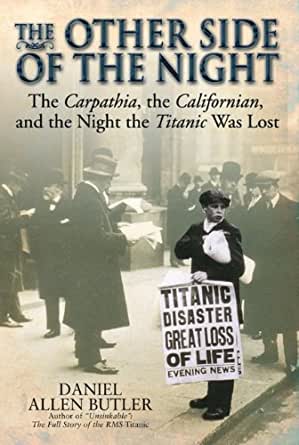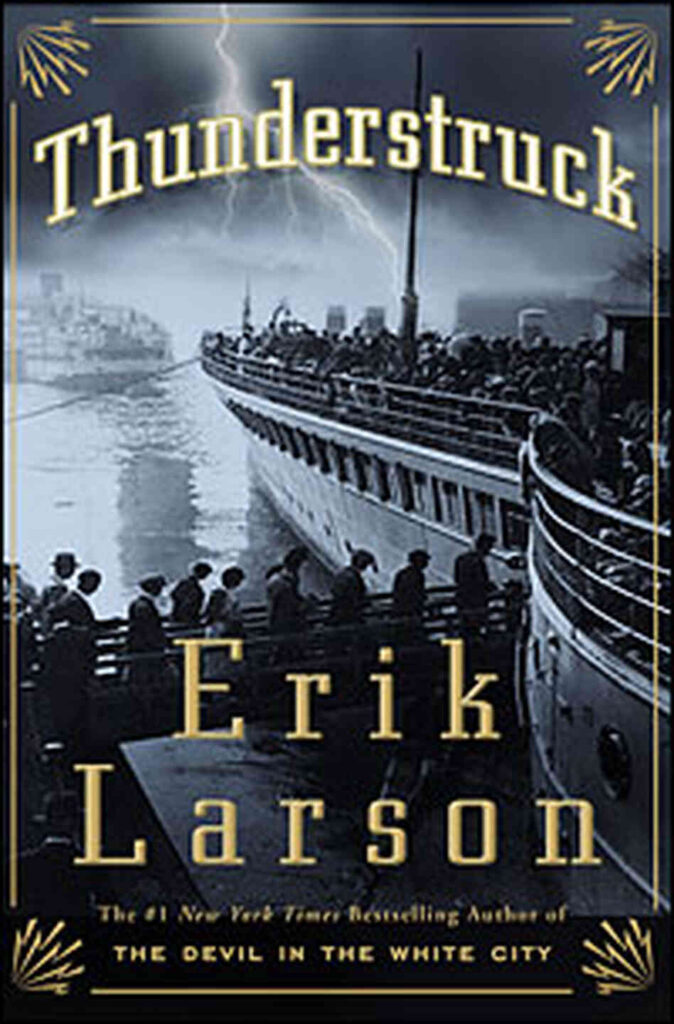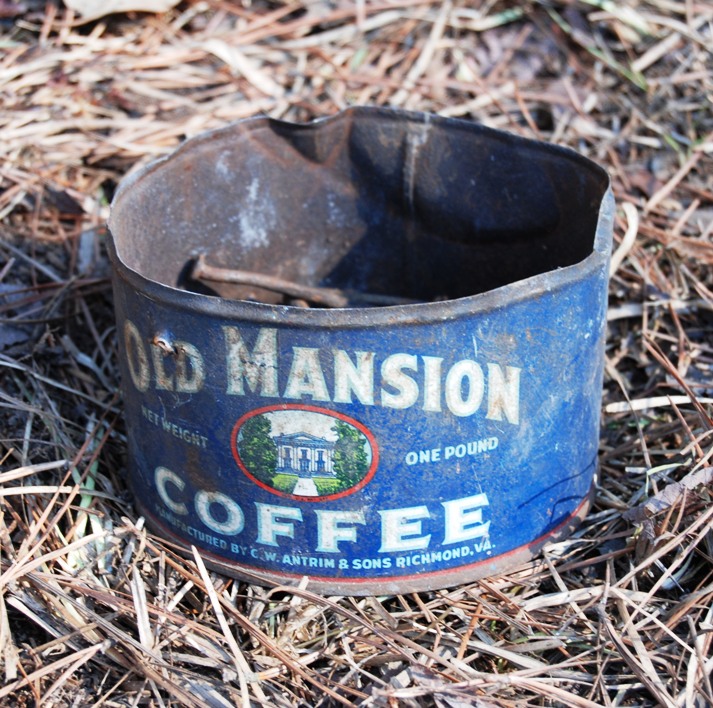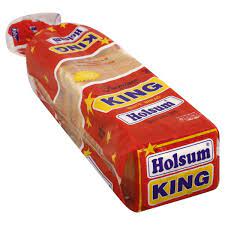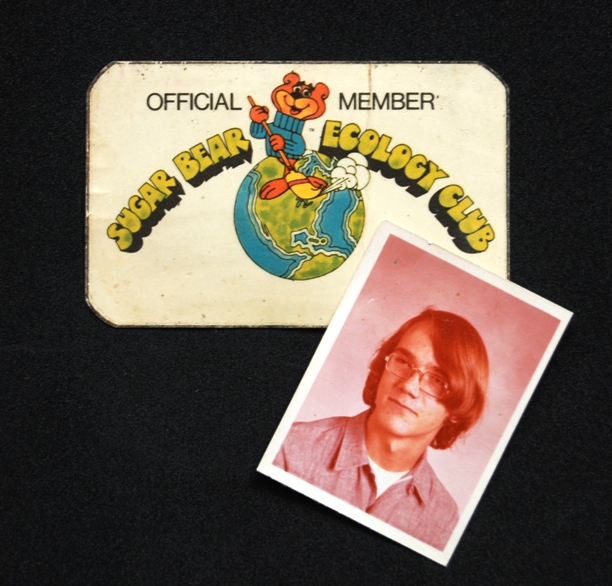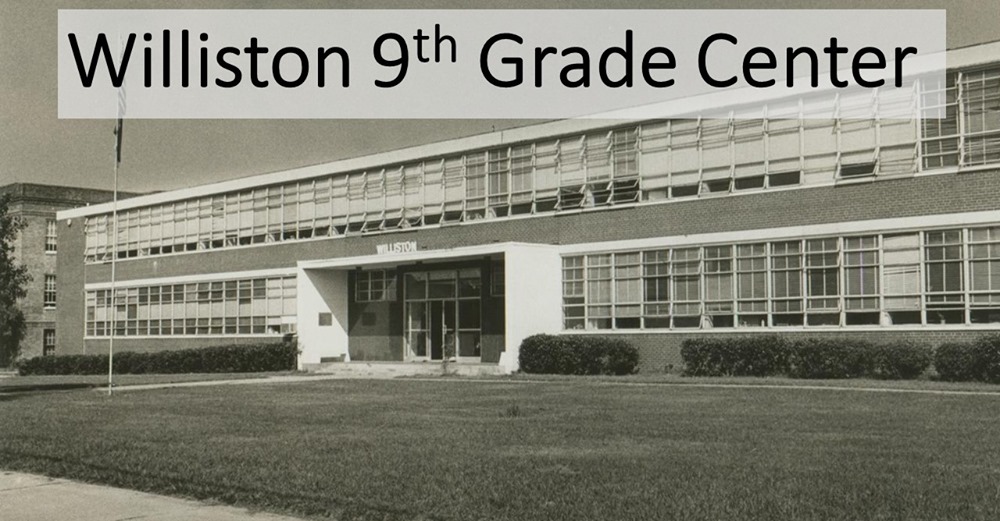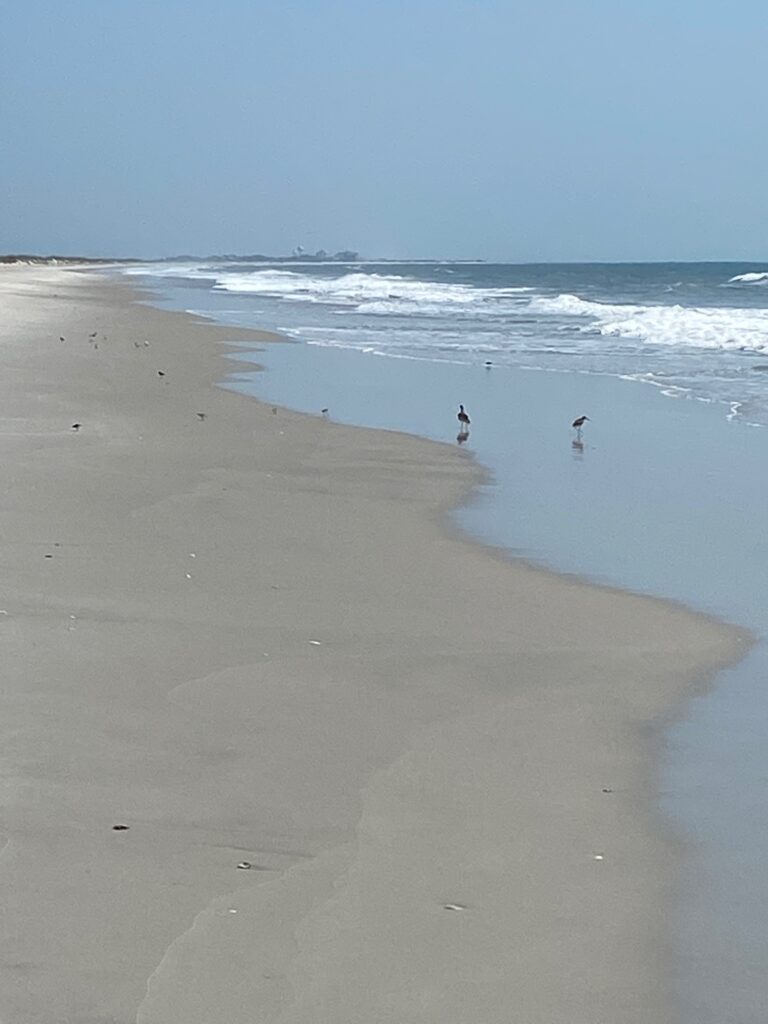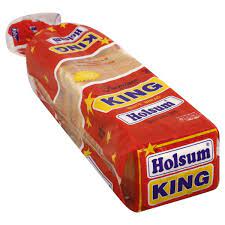
“Were you able to dig us some worms?” Granddaddy asked as he got out of his truck.
“Yes sir,” I said, “some nice ones.”
He smiled. We head into the house. Dinner is ready. He stops in the bathroom to wash his hands and removes his cap as he sits at the table. Grandma is across from him, and I sit between them. We bow our heads. Granddaddy prays:
“We thank thee for the food we’re about to receive. Bless it to the nourishment of our bodies and us to thy service. Amen.
Grandma passes around the food. Fried chicken, field peas, corn on the cob, squash, and biscuits. The vegetables all come from her garden. We eat in a hurry. When finished, I run back into my room and change into long pants. I strap my knife to the belt. Granddaddy collects the rods and placed them in the back of the truck along with tackle boxes and the can of my recently dug worms. As we climb into the cab, Grandma berates us to use plenty of bug spray. Granddaddy turns the ignition, then pops the clutch. The truck springs forward. He pulls out onto the highway, heading east. About a mile later, the road snakes down into a hardwood swamp. We cross Joe’s Fork on a small bridge. Looking down, I realize we could wade across without getting our knees wet. As we begin the climb on the other side of the bridge, granddaddy turns right, onto a two-track dirt road that leads back into the woods.
“Where are we going?” I ask as we bounced in the truck and bushes swished along the sides of the truck.
“To McKenzie Mill Pond.”
“What kind of fish will we catch?”
“There should be some nice bream, maybe a jack or a bass.”
“Is the mill still there?”
“No, it burned.”
“How? When was that?” I ask.
“I’m not sure.”
“But the pond is still there?”
“Yeah, the beavers damned the stream back up.”
“When you were a boy, did you ever go to the mill?
“No, it was before my time.”
Realizing I not going to learn anything about the mill, I think I’ll see if there was anything to know about the current residents. “When did the beavers dam the stream up?”
“In the late forties, I think. Your dad was a boy when they reintroduced beavers to this area.” He slows down, then turns hard, pushing the pickup into brush by the side of the two-track road. I realize he didn’t want to block the road, but it didn’t seem to matter. The road with this much overgrowth didn’t appear to be well traveled.
“You sure ask a lot of questions,” my granddad says as he turned the engine off. Getting out, we spray ourselves with bug juice. Granddad puts a wad of Beechnut chewing tobacco in his mouth, then we grab our rods and stuff and walk toward the dam which the beavers had restored.
On the edge of the dam, we drop our gear. The vegetation is thick around the pond. Granddaddy wouldn’t be using his Browning fly rod here, I realize. We’ll both be fishing with worms. I tie a hook to the line on my rod, placed a small weight just above the hook, and attached a bobber about 2 feet up the line. The pond is shallow. Once my rod is rigged and baited, I step out on the edge of the dam and cast into the middle of the pond, just shy of a water moccasin bathing on a log in the waning sun. Granddaddy heads around the pond and finds a place where he could cast his line out and be freed of more questions.
My bobber floats undisturbed, as I swatted mosquitoes and deer flies which swarmed around my head, pausing occasionally to wipe the sweat from my brow. It’s a hot and steaming. No air moves along the creek bottom. After a few minutes with no action, boredom sets in. I slowly reel in the line, and cast it again, right beside that big snake. My cork doesn’t faze it, but neither did anything nibble on my worm. I pull my line in again.
“If you don’t leave your hook in water, you won’t catch any fish.” Granddaddy yells over at me. He normally didn’t say much when fishing. He doesn’t want the fish to be spooked with our talk.
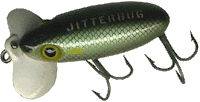
I cast again, this time dropping the hook just inches in front of that big old moccasin’s head. I wait: ten seconds, twenty seconds, thirty seconds, a minute. Nothing bites. I didn’t come out here to wait. I reel my line in again and made another cast and then another. The whole time that water moccasin sits on his log position. I wonder if it is dead, but I know better. Is it mocking me? The snake just lies on the log. It is getting on my nerves. I retrieve my line again. Looking in my tackle box, I pull out a large jitterbug, a top floating lure that works wonders on the bass right around dark. Taking off the hook and bobber, I tie the jitterbug on my line, and cast it toward the snake. It fell just short of the moccasin. I reel it in, the lure jittering back and forth across the water.
“What are you doing fishing with that?” my granddad ask.
“Nothing’s taking the worms,” I answer as I make another cast. This one sails across the moccasin and lands in the water, a few feet beyond the snake. It doesn’t move, even with the line lying across its back. I slowly reel, bringing the lure up beside the log upon which the snake has perched itself. I pause. Then I jerk the rod back hard and snag the snake in the back with the lure’s treble hook. The snake snaps around at its unseen assailant, its cottonmouth angrily exposed. It slides off the log with and starts swimming away with my lure, its head high above the water. I let it have some line while tightening the drag.
“What did you do that for?” My grandfather yell, as he beats a path over to me. “That snake wasn’t bothering you.”
The snake turned. Instead of fighting the line, it started swimming toward us, its head propped up like the Loch Ness monster. I stopped reeling as I could see no reason to hasten the encounter.
“What are you going to do now?” Granddaddy asked.
I pulled out my knife and hold it in the same hand as my rod.
“What are you going to do with that?”
“I’ll stick him,”
“Put that knife away,” he yells as he picked up a stick that was maybe five feet long. “Use this.” He hands the stick to me. “You hooked him, take care of him.”
It seemed like a good idea, but now I’m not so sure as this is one large angry and deadly poisonous snake. But then, thankfully, when about twenty feet away, the snake shakes free of the lure. It then turns, and swims in another direction, disappearing in the brush. I reel my lure in. I’d been saved from an angry snake, but now had to contend with an angry grandfather.
“We’re done fishing,” he says, packing up his gear.
As we walk back to the truck on the trail that was near the brush where I last saw the snake, I keep my eyes peeled for a moccasin out for revenge. It was not to be seen. I hear distant thunder. A cloud is building that might bring relief to this hot day. I step into the passenger side of granddaddy’s truck. I know better than to ask any more questions. We drive in silence.
There are no ice cream and Pepsi floats before bed this night. It takes me a while to fall asleep as I worry if hell ever take me fishing again. Grandma has turned off the air conditioning and opened the windows. The curtains fly like ghosts in the cooling wind of the approaching storm. Lightning bolts quickly followed by thunder and each strike fill the room with light. Then the rain comes. Finally, the rain stops, and the lightning and thunder became further apart as the storm moves east. I fall asleep to the drip of water off the roof.
The air smells fresh the next morning. As I come out for breakfast, Granddaddy looks up from the News and Observer he’d been reading and asks if I want to go fishing again.
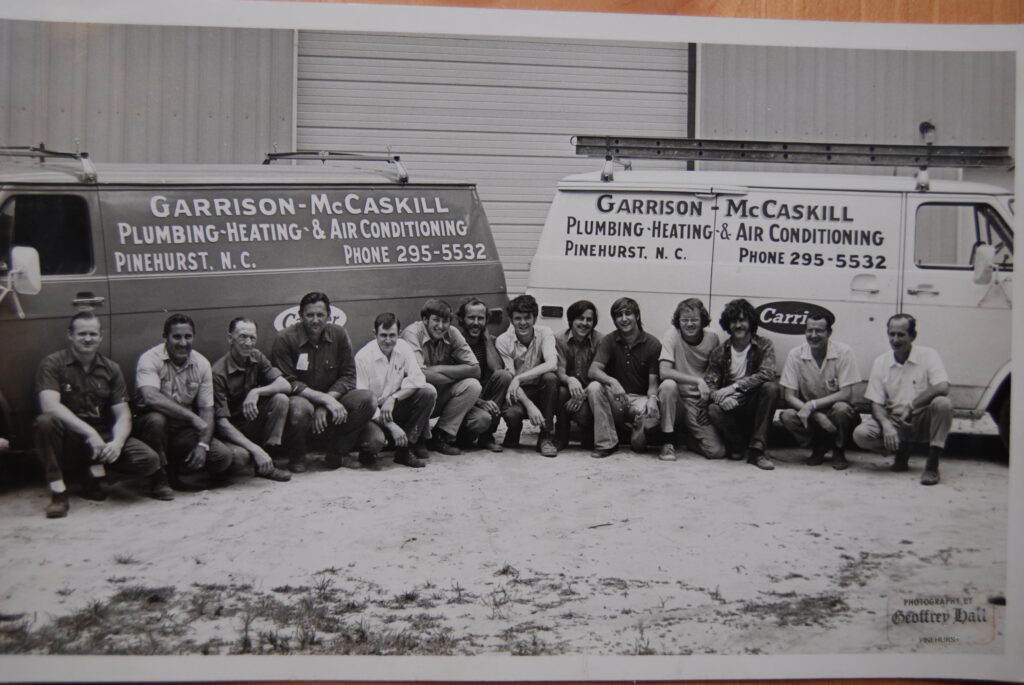
###

